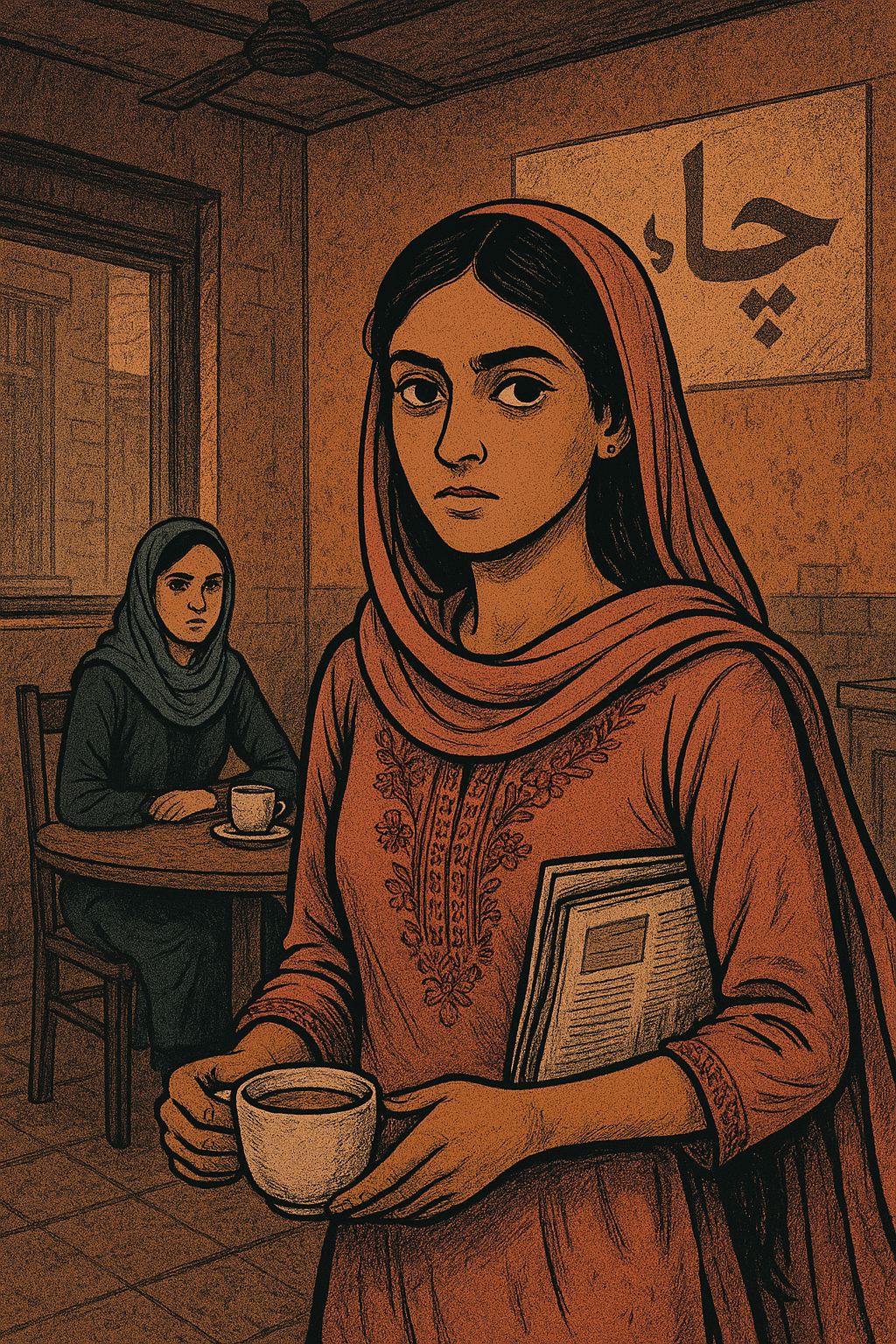Assi Ghat is a prominent ghat (riverfront steps) situated along the banks of the river Ganges in Varanasi, India.
Varanasi, also known as Banaras or Kashi, is one of the oldest and holiest cities in the world, and it holds great religious and cultural significance in Hinduism.
The word "Assi" is derived from the Assi River, a small stream that used to flow into the Ganges at this location.
Assi Ghat is the southernmost ghat in Varanasi and is considered one of the most important ghats in the city.
The ghat is known for its lively and spiritual atmosphere, attracting pilgrims, tourists, and locals alike.
It is a revered site for Hindu devotees.
Pilgrims and visitors gather to witness the ritual of offering prayers to the Ganges River.
It often serves as a venue for festivals and celebrations.
It is a place where people come for tranquility and meditation.
Assi Ghat is not only a religious and cultural center but also a place where the ancient traditions of Varanasi come alive.
The ghats along the Ganges in Varanasi are integral to the city's identity and have been witness to centuries of rituals, ceremonies, and spiritual practices.
Some additional aspects and information about Assi Ghat:
Tulsi Ghat: Just north of Assi Ghat is Tulsi Ghat, named after the famous saint poet Tulsidas.
It is believed that Tulsidas wrote the epic poem Ramcharitmanas here.
Bharat Mata Temple: The Bharat Mata Temple, dedicated to Mother India, is located not far from Assi Ghat.
It is unique in that it does not house any traditional deities but instead has a relief map of India carved out of marble.
Assi Ghat Arti: While the daily Ganga Aarti is performed at the more famous Dashashwamedh Ghat, Assi Ghat also has its own evening aarti ceremony.
Though it may not be as elaborate as the one at Dashashwamedh Ghat, it is a serene and spiritual experience.
Cafes and Cultural Hubs: Over the years, Assi Ghat has evolved into a vibrant area with numerous cafes and cultural centers.
It attracts a diverse crowd, including artists, musicians, and scholars.
Visitors can enjoy the cultural exchange and participate in various activities.
Panchkoshi Parikrama: Assi Ghat is one of the starting points for the Panchkoshi Parikrama, a traditional pilgrimage that involves circumambulating the city of Varanasi, covering a distance of approximately 15 miles.
Pilgrims undertake this journey to seek spiritual blessings.
Riverfront Festivals: During festivals like Dev Deepawali and Kartik Purnima, Assi Ghat becomes a focal point for celebrations.
Devotees and tourists gather to witness special ceremonies, performances, and illuminated ghats during these occasions.
Sanskrit University: The Banaras Hindu University (BHU), one of the largest residential universities in Asia, is located near Assi Ghat.
It has a significant influence on the cultural and educational landscape of Varanasi.
Aurovalley Ashram: Aurovalley Ashram, founded by Swami Brahmdev, is situated near Assi Ghat.
It is a spiritual retreat where people come for meditation, yoga, and self-discovery.
Ceremonial Bathing Areas: Along Assi Ghat and other ghats in Varanasi, you'll find specific areas marked for ceremonial bathing.
Pilgrims often perform various rituals and offer prayers before taking a dip in the sacred Ganges.
Manikarnika Ghat: Manikarnika Ghat, one of the most famous cremation ghats in Varanasi, is situated not far from Assi Ghat.
It is believed that Lord Shiva's earrings fell here, making it a sacred spot for cremation.
The continuous cremation fires at Manikarnika Ghat symbolize the eternal cycle of life and death.
Agniyotri: Assi Ghat is associated with Agniyotri, a tradition where continuous fires are kept burning.
It is believed that Agniyotri has been maintained for centuries, signifying the eternal flame of knowledge.
Banaras Hindu University (BHU): BHU, founded by Pandit Madan Mohan Malaviya, is not only a significant educational institution but also a major landmark near Assi Ghat.
The sprawling campus houses various faculties, including the famous Kashi Vishwanath Temple, the New Vishwanath Temple, and the Bharat Kala Bhavan museum.
Assi Nala: Assi Ghat is named after the Assi River, and the confluence of the Ganges and the Assi River is considered a sacred Tirtha.
The Assi Nala (stream) still flows into the Ganges at this point.
Anandamayi Ma Ashram: The ashram dedicated to the spiritual leader Anandamayi Ma is situated in the vicinity of Assi Ghat.
Anandamayi Ma was a revered saint known for her teachings on spirituality and self-realization.
Markets and Bazaars: The area around Assi Ghat has bustling markets and bazaars where you can find traditional Banarasi silk sarees, handicrafts, religious artifacts, and a variety of street food.
The markets offer a glimpse into the vibrant local culture.
Jantar Mantar: Varanasi has its own version of the Jantar Mantar, an ancient astronomical observatory. Although not as well-known as the Jantar Mantar in Jaipur, it reflects the city's historical interest in astronomy.
Tulsi Manas Temple: Located near Assi Ghat, the Tulsi Manas Temple is dedicated to Lord Rama.
The temple is known for its walls adorned with verses from the Ramcharitmanas, an epic poem written by the saint Tulsidas.
Chakrapushpani Temple: This temple is dedicated to Lord Vishnu and is situated close to Assi Ghat.
It is believed that a visit to this temple is equivalent to completing the entire Chakra Tirtha Yatra.
Sarnath: Sarnath, an important Buddhist pilgrimage site, is located a short distance from Assi Ghat.
It is where Lord Buddha is said to have given his first sermon after attaining enlightenment.
The Dhamek Stupa and the Ashoka Pillar are significant landmarks in Sarnath.
Durga Temple: Also known as the "Monkey Temple" due to the presence of a large number of monkeys, the Durga Temple is dedicated to the goddess Durga.
The temple is constructed in a unique architectural style and is a popular site for worship.
Banaras Ghats Art Festival: Assi Ghat is a venue for cultural events, and the Banaras Ghats Art Festival is an annual celebration that brings together artists, musicians, and performers.
It showcases the cultural diversity of the region.
Yamuna Bridge: The Yamuna Bridge, also known as Malviya Bridge, connects Assi Ghat to the other side of the Ganges.
The bridge offers panoramic views of the river and the ghats.
Sankat Mochan Sangeet Samaroh: This is an annual music festival held at the Sankat Mochan Temple near Assi Ghat.
Renowned classical musicians and artists from India and abroad participate in this festival.
Banarasi Silk Industry: Varanasi is famous for its Banarasi silk sarees, and the areas around Assi Ghat have numerous shops and markets where you can explore and purchase these traditional handwoven sarees.
Munshi Ghat: Munshi Ghat is another ghat adjacent to Assi Ghat, known for its peaceful ambiance.
It provides a quieter and less crowded experience compared to some of the more central ghats.
Assi Ghat and its surroundings encapsulate the rich tapestry of Varanasi's cultural, spiritual, and historical heritage.
Visitors can explore the many facets of this ancient city, from religious rituals along the ghats to educational pursuits at BHU and the tranquility of nearby ashrams.
It's a place where tradition and contemporary life converge along the sacred waters of the Ganges.













Comments
Post a Comment